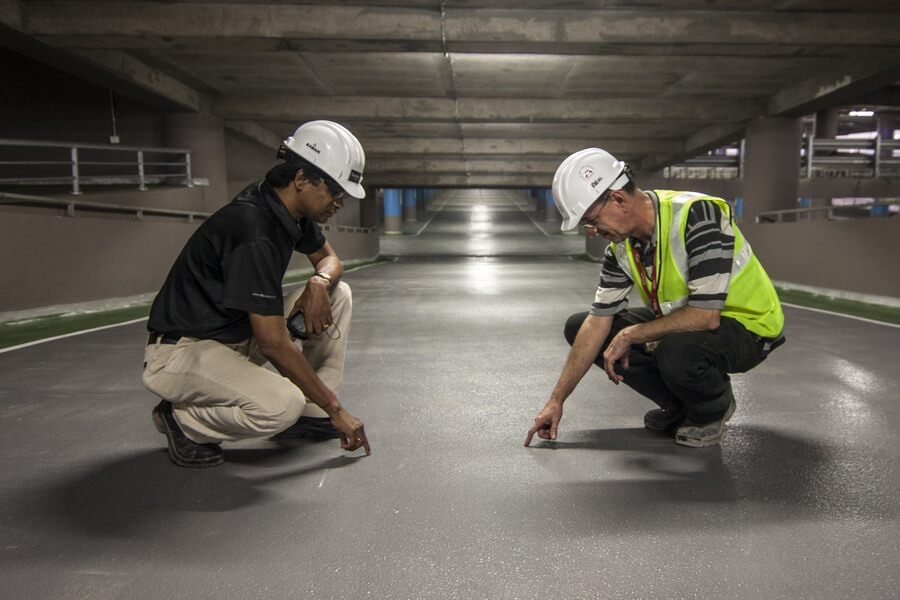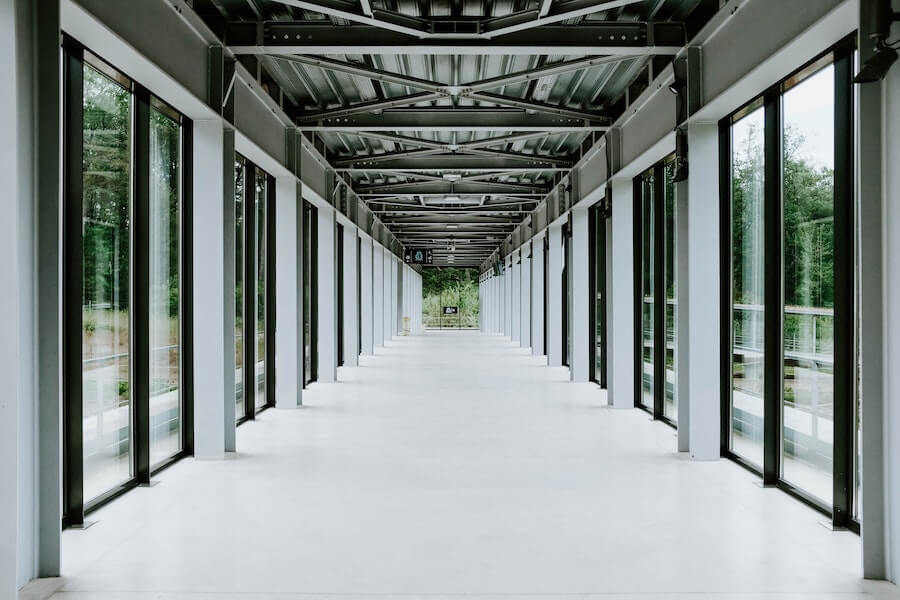When undertaking any kind of building work, speed is of the essence. Any delays on one part of the project can cause a knock-on effect that pushes everything else back. This is also true when it comes to screeding the floor of a building, and other building work is liable to be delayed if the screed takes too long to dry. But, when discussing speed, how long does screed take to dry?
Screed dries at different rates depending on the material used and its thickness. The quicker you can dry the screed, the quicker the floor as a whole can be laid, saving time and money on the build. It will also take the pressure off the workforce and keep everything running smoothly.
Let’s look at what screed is, how long does screed take to dry on average and how to make screed dry faster.
What Is Screed?
When a floor is laid, it usually has a rough concrete surface as a base, but screed is added on top of it in a thin layer to create a level and smooth surface where you can lay flooring or carpets.
Screed is usually composed of a mixture of sharp sand and cement for residential and commercial purposes. Still, industrial screed can include a mix of small stone aggregates for a thicker, more durable layer.
It can have a covering finish such as a colour or polish, but sometimes it is just left in situations where it will receive heavy footfall, scuff marks and dents.
There are three types of screed: bonded, unbonded and floating. Bonded means a specific agent is used to bond it to the concrete floor. However, you can pour unbonded screed directly onto a membrane and is around 5cm thick. Finally, floating screed is the choice where underfloor heating and screed are to be used together and is between 3.5cm and 7.5cm depending on the purpose.
Optimum Drying Conditions For Screed

The drying time of the screed is influenced by several factors such as temperature, air circulation, and the humidity level in the space where it is applied. Typically, the ideal conditions for drying screed are at a temperature around 20°C with humidity levels maintained between 60-65%. Contrary to what might be expected, screed actually dries faster when high temperatures are combined with low humidity. This is because lower humidity allows moisture to evaporate quicker, speeding up the drying process.
You can use air fans in combination with a humidifier to dry screed faster. The circulation of air blowing over the screed removes the moisture and humidity faster. Again, this is possible in a closed area, but it can be much more difficult to create these conditions on an open-sided built partially exposed to exterior weather and atmospheric conditions.
How Long Does Screed Take To Dry?
Generally, screed can take anywhere from 12-48 hours to dry properly. However thicker layers of screed might take around 5-7 days to fully dry.
You should always tread lightly on freshly laid screed after it has dried, and avoid placing any kind of heavy machinery on it for some time to let it adjust to its new position.
Take a look at this chart below to get a better idea of how fast different kinds of screed dry:
| Type | Setting Time | Drying Time |
| Traditional (1:4) | 1-2 days | 1mm/day |
| Rapid Set (1:5) | 1-2 hours | 10-15mm/day |
| K-screed (1:4) | 6-12 hours | 25mm/week |
| Mapei Topcem (1:6) | 6 hours – 1 day | 5 days |
| Flowing Screeds | 6 hours – 2 days | 1mm/day |
| Granolithic | 12 hours – 1 day | 2mm/day |
| Truscreed (1:4) | 1-2 days | 25mm/week |
How To Make Screed Dry Quicker?

It is highly advantageous to everyone involved in a building project for the screed to dry quickly, and the most effective way to dry screed fast is by using a technique known as force drying.
Force drying is where all aspects of floor preparation are considered, and specialist instruments are used to maintain the perfect conditions to control moisture and temperature. Depending on what kind of screed you have, equipment such as space heaters, onsite boilers, dehumidifiers and air fans can be used in combination.
It is a carefully controlled process, especially when dealing with underfloor heating and screed. You may need to raise the temperature slowly over a few days and then lower it back to the starting point to avoid cracking.
How Long Does Screed Take To Dry: In Summary
We hope you’ve found out how long does screed take to dry, specific to the kind of screed you might be intending to lay. The main thing is that the flooring of a building is of great importance and something you must get right for a stable foundation.
So, if it takes a few hours or days more than you had planned, why not organise other parts of your build around that so you can get the best quality screed flooring worth waiting for?
Sources
